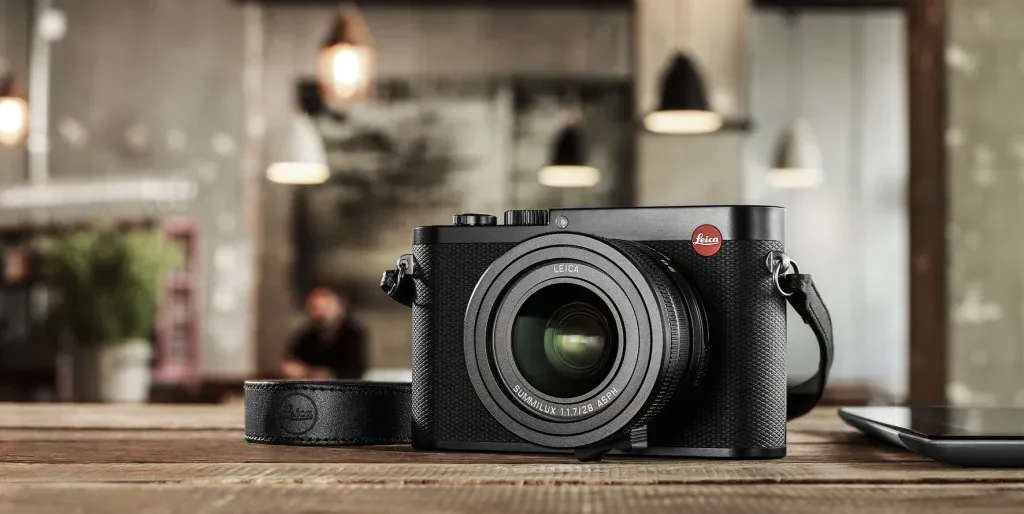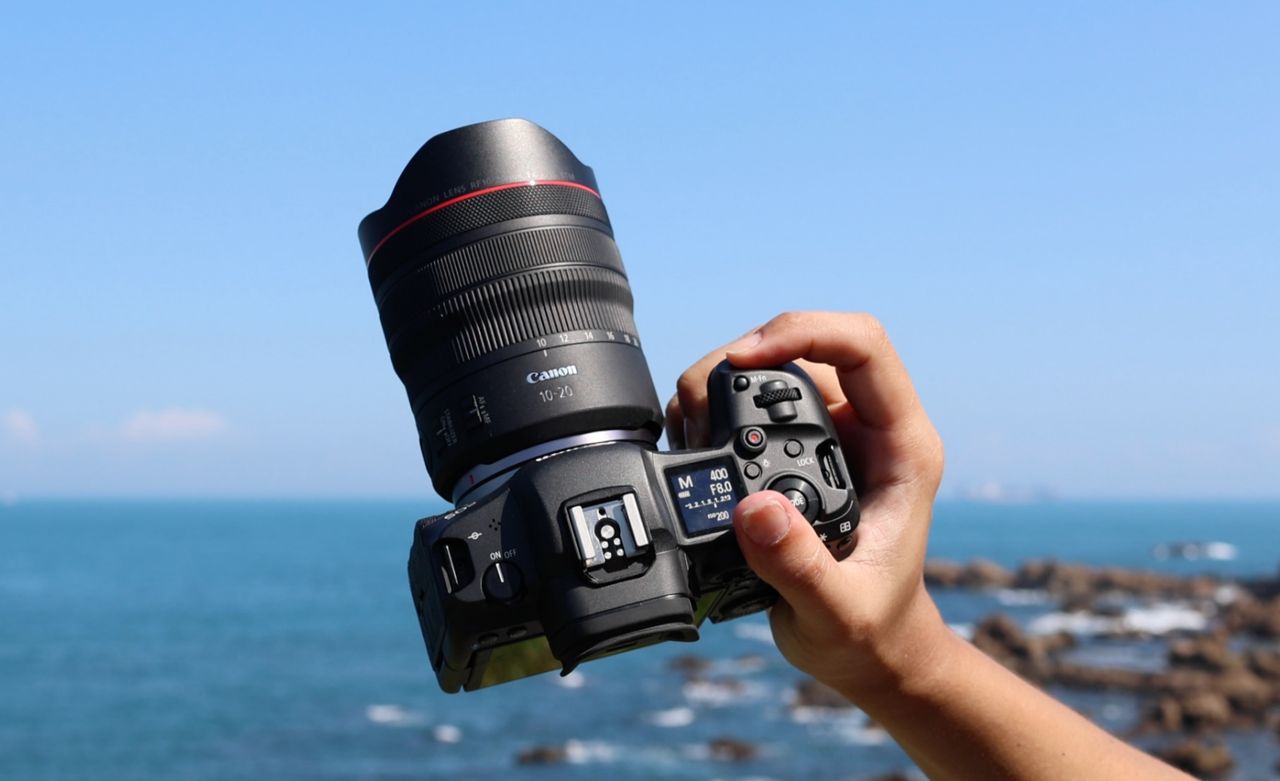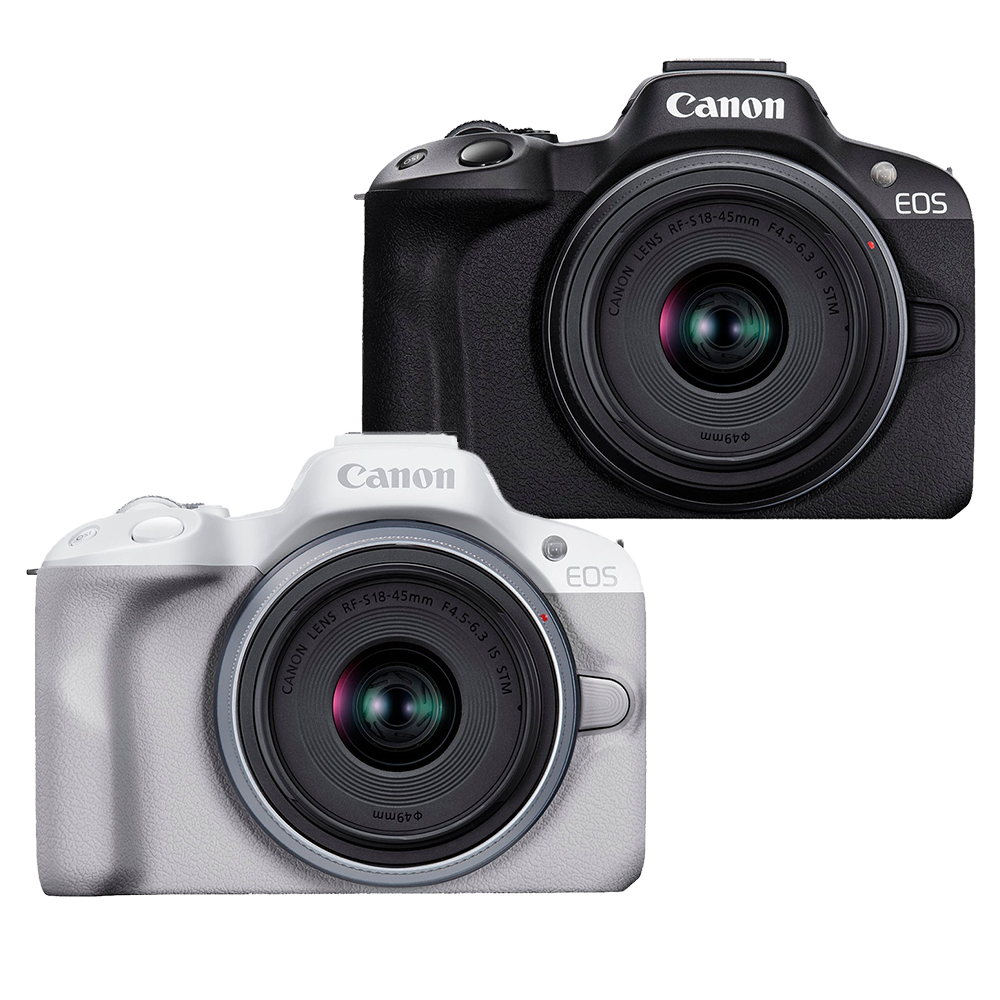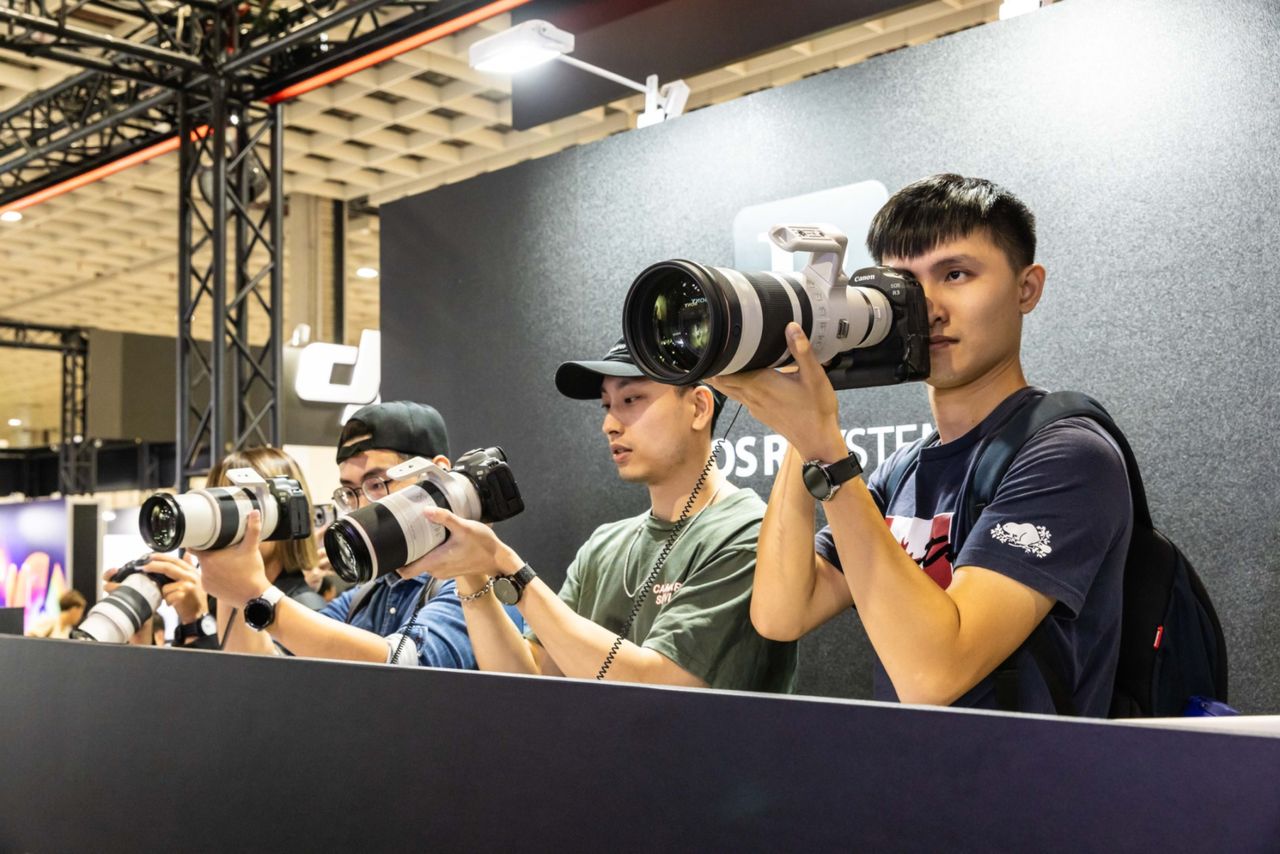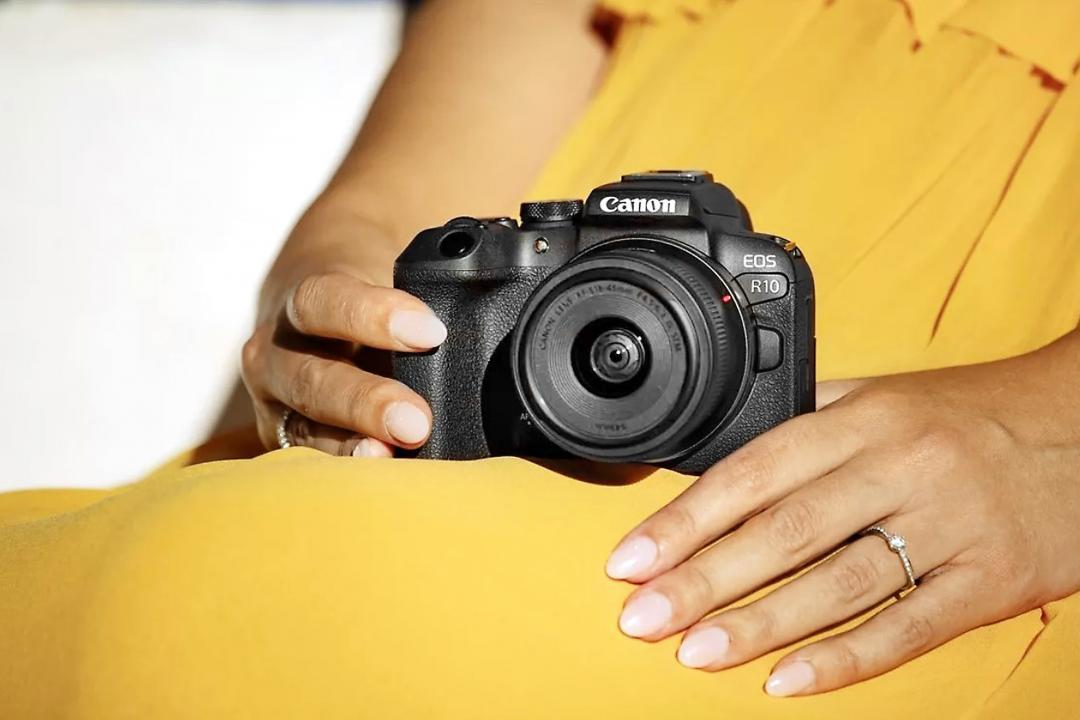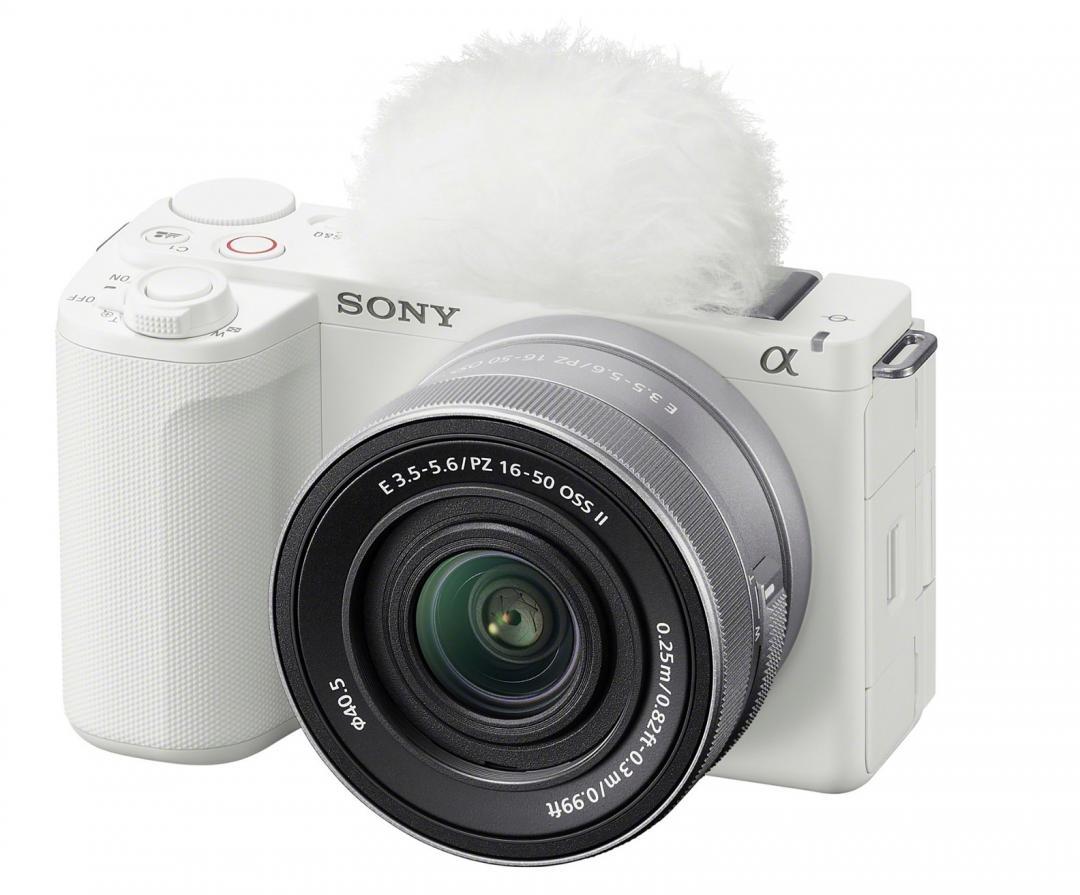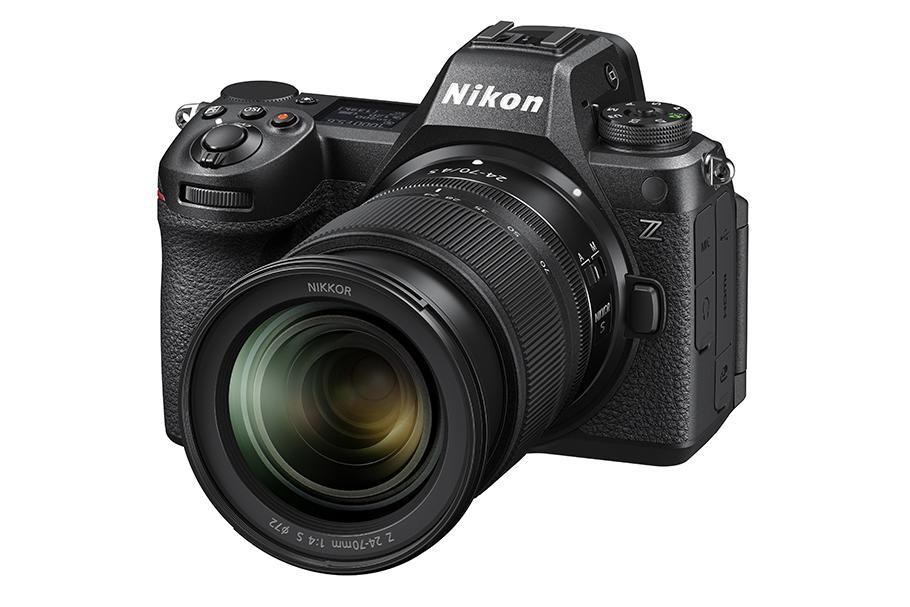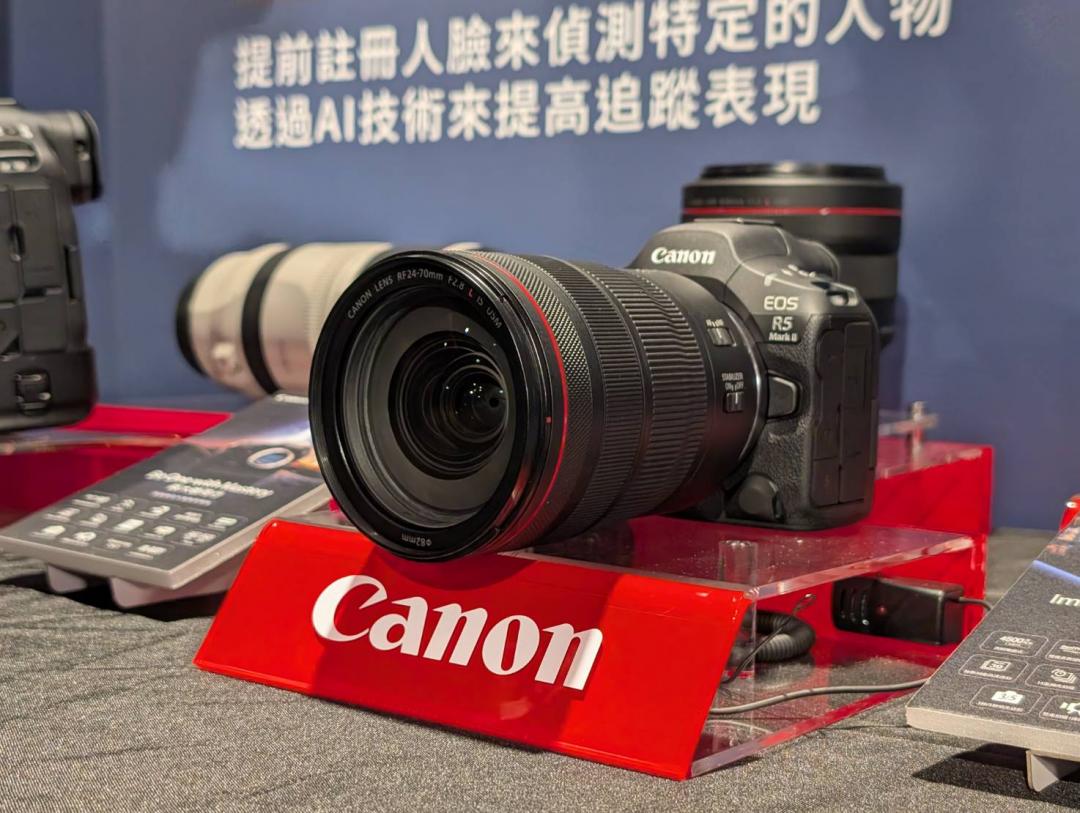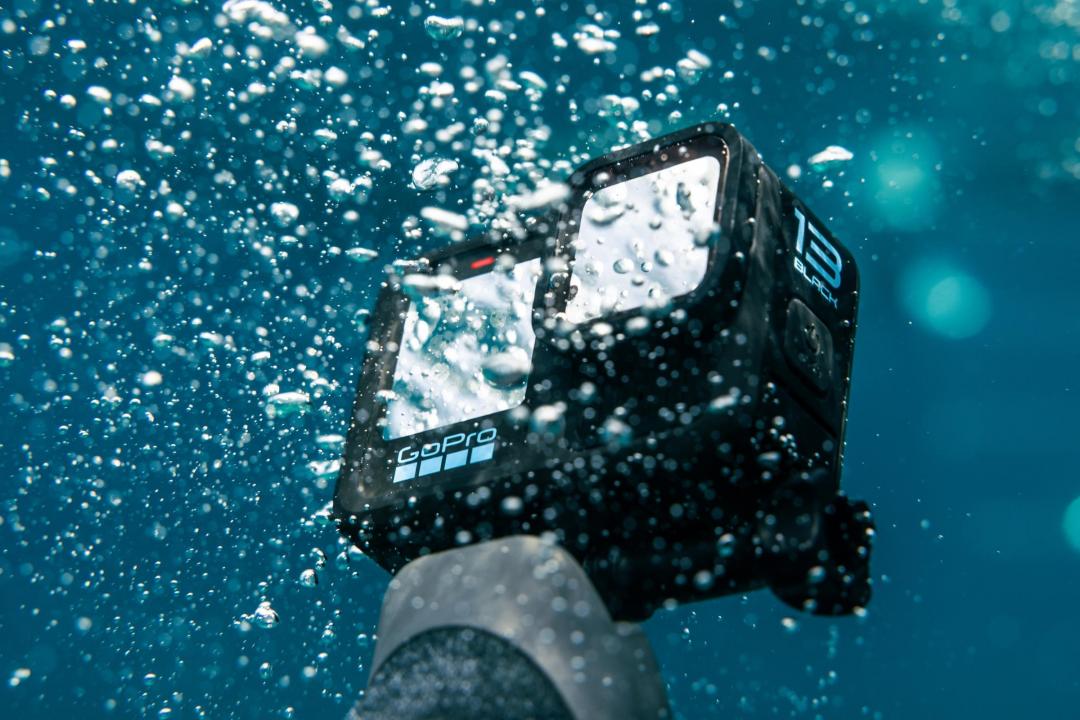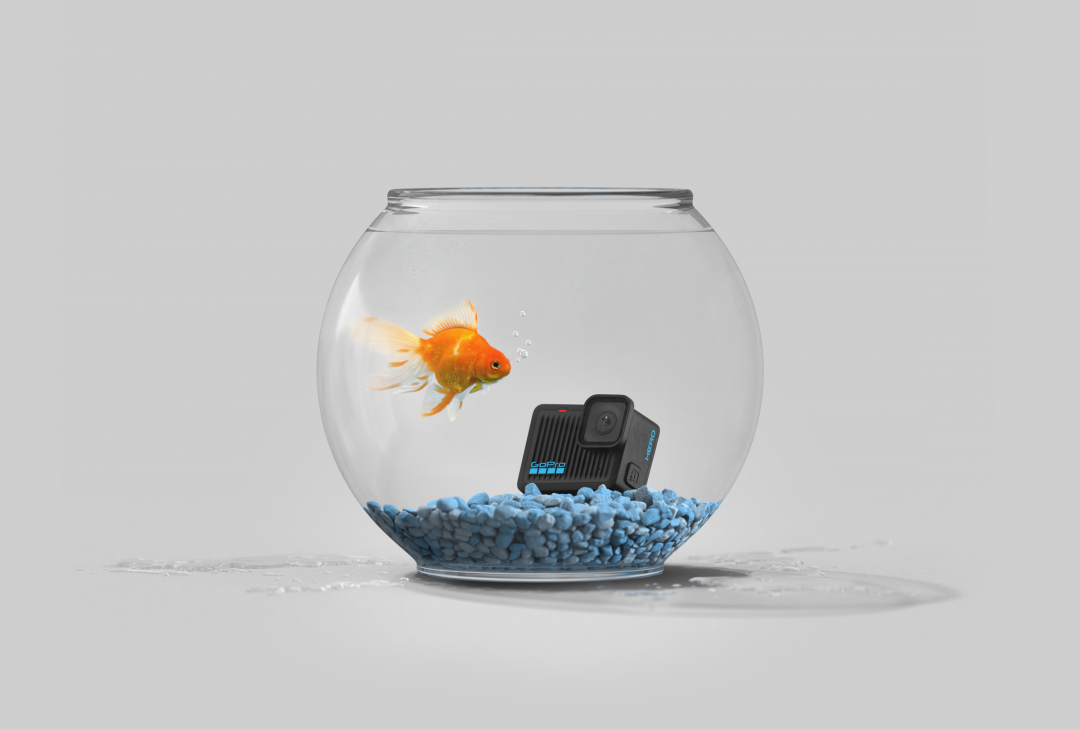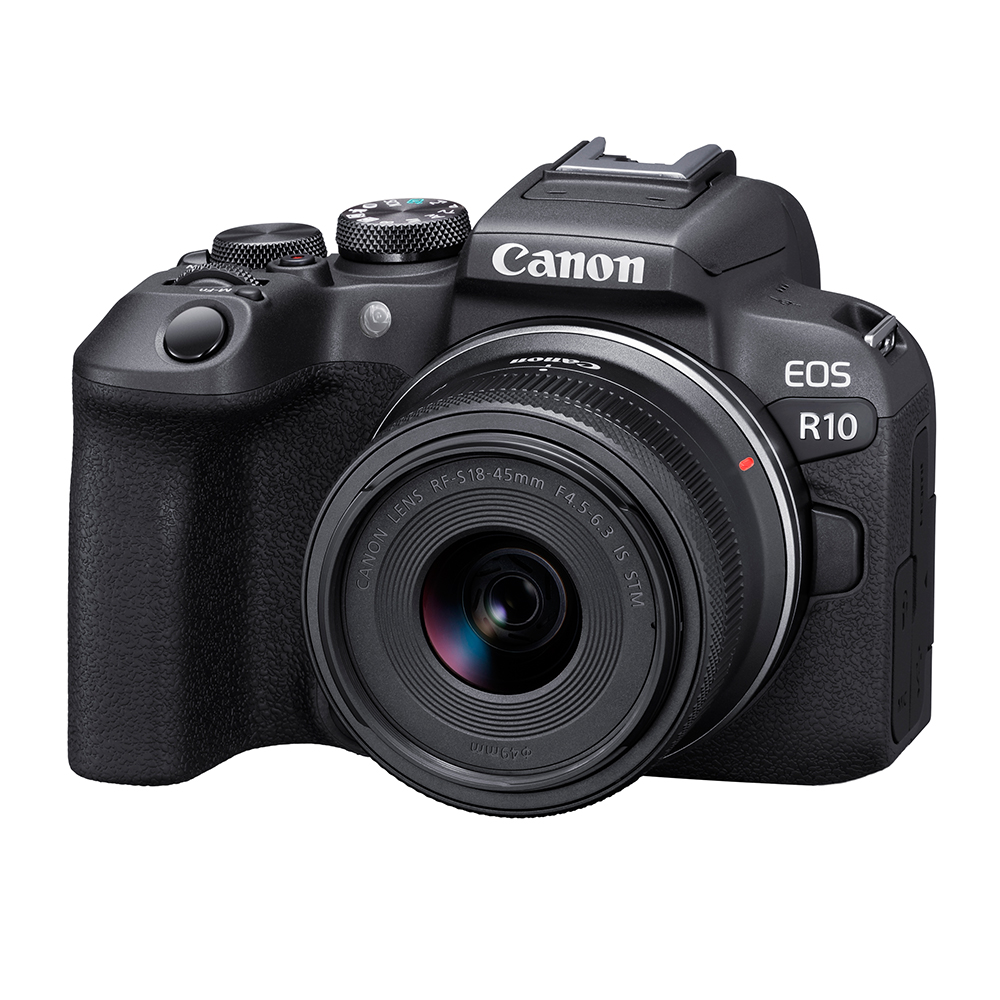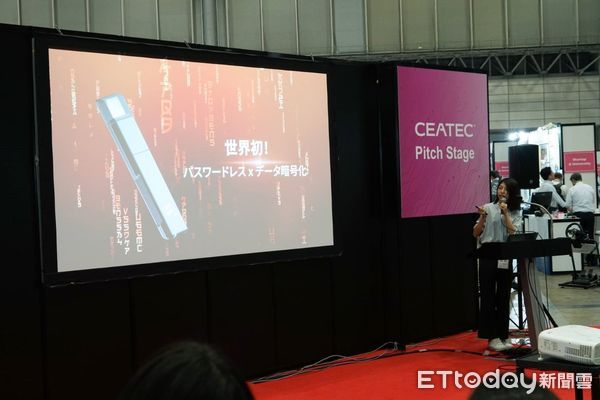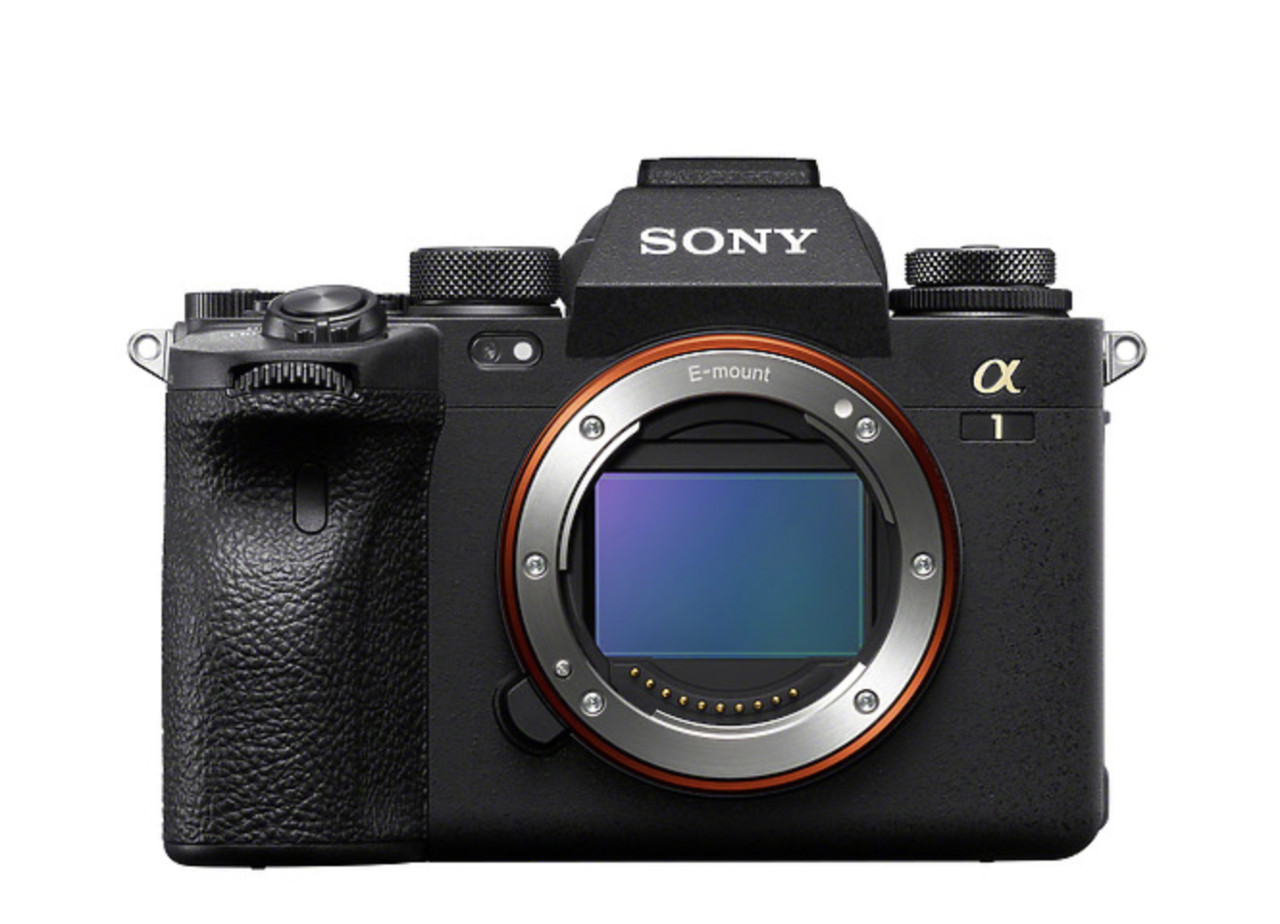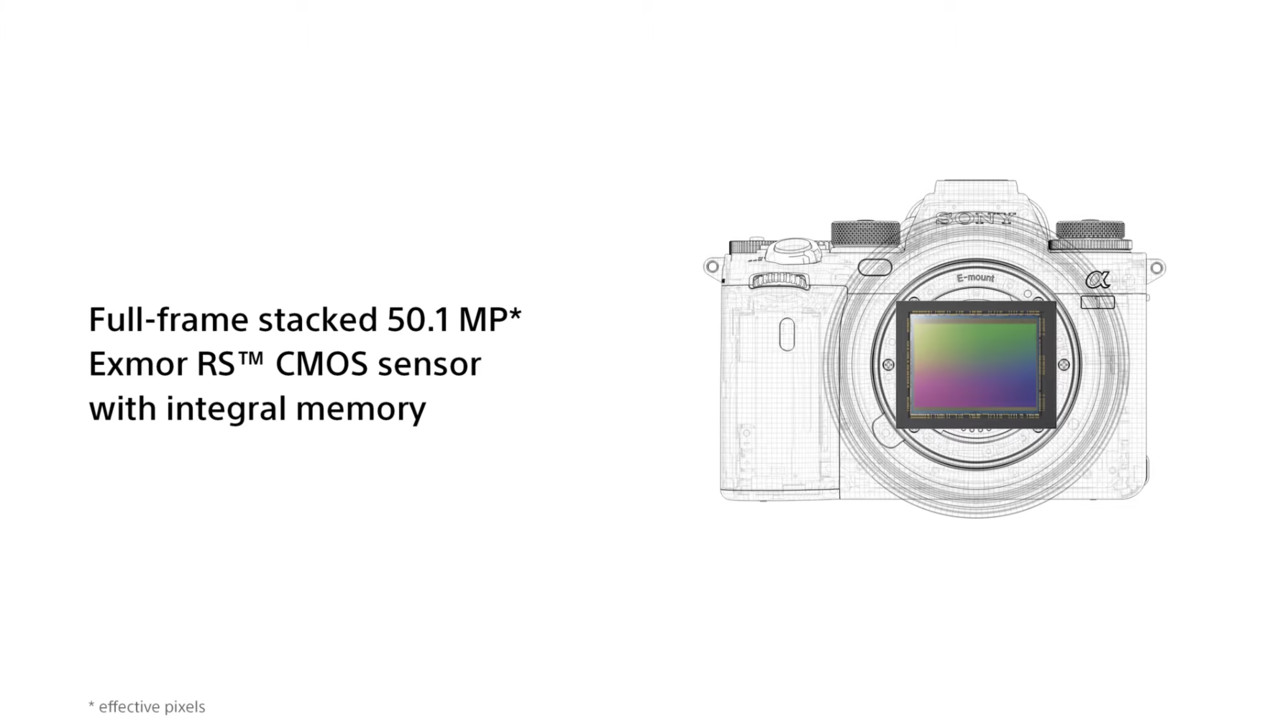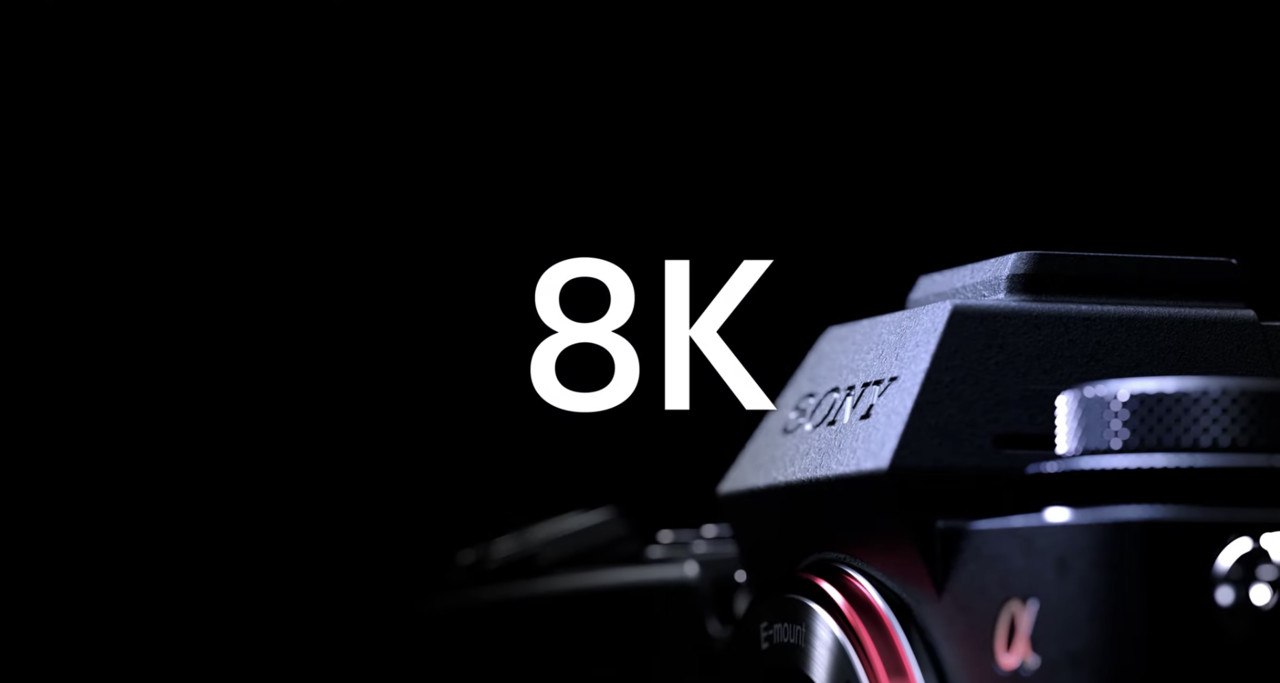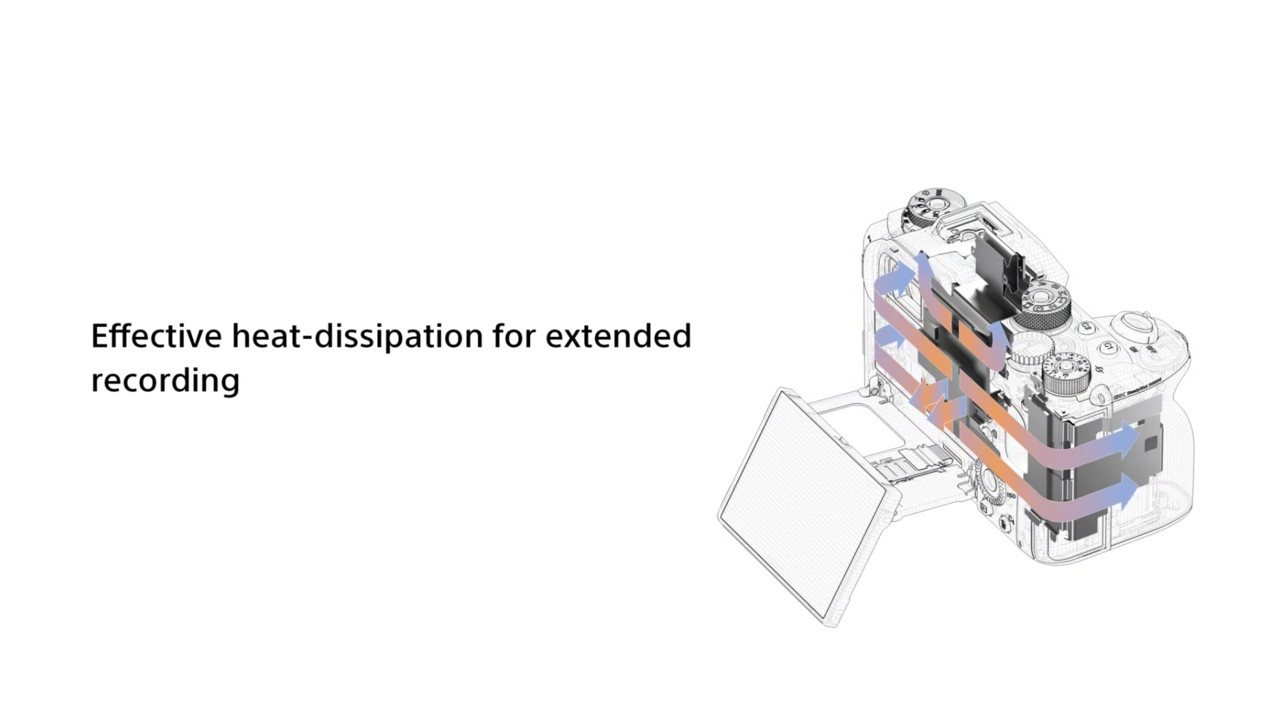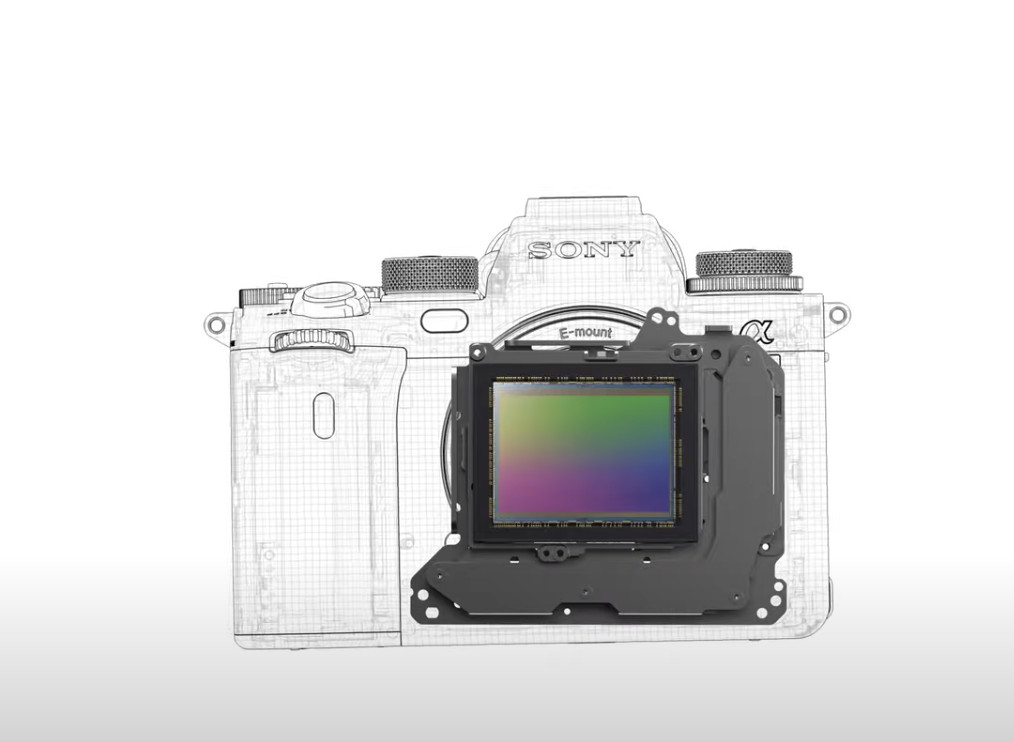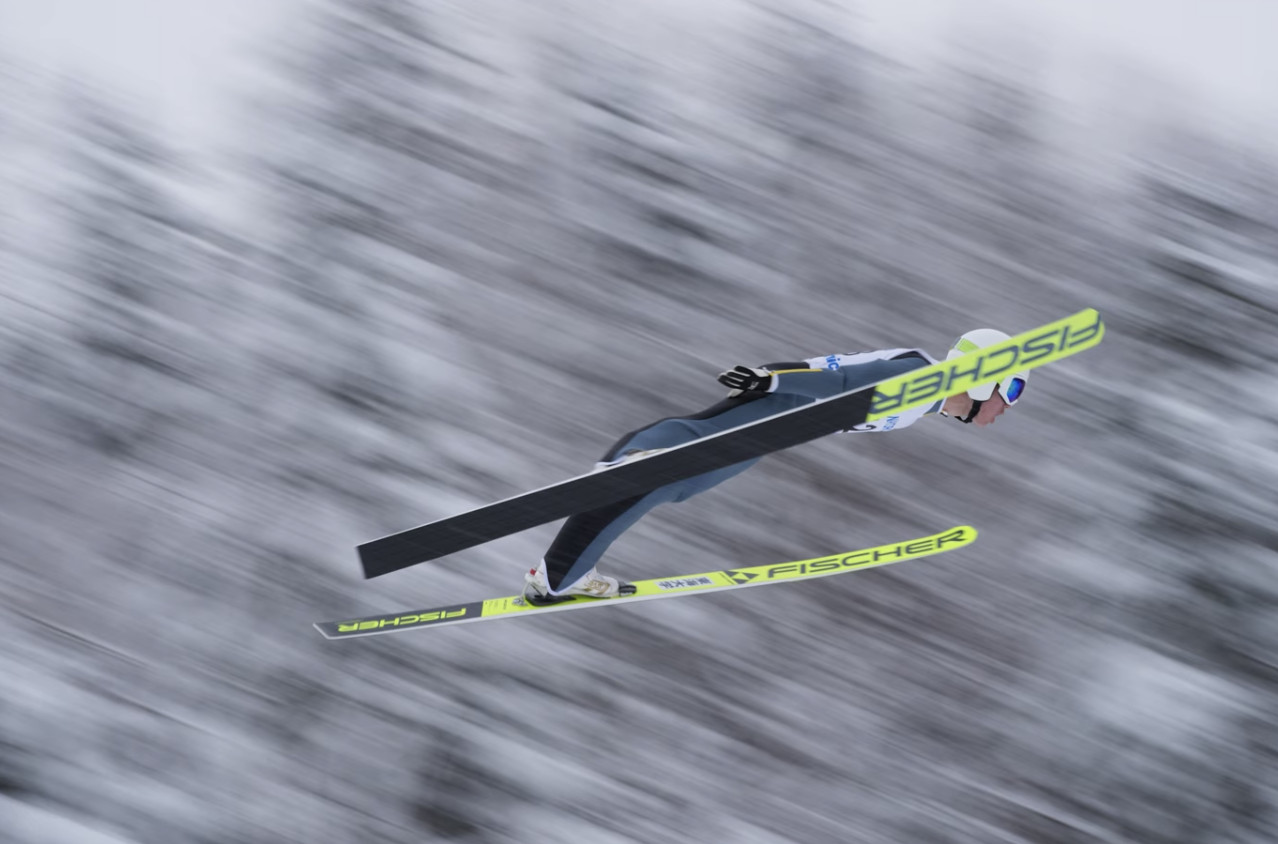回收相機
 (圖/翻攝回收相機canon官網)
(圖/翻攝回收相機canon官網)
回收相機canon 正式發表新一代機皇 EOS R1 單眼相機,歷代最強的對焦系統就是要為了奧運舞台而生,不只有每秒 40 張的高速連拍,還能透過 AI 提前預測運動員的動作、球的位置,讓相機緊緊鎖定拍攝目標。
本次 回收相機canon 一共發表兩款機型,有最高階的 EOS R1 以及中高階的 EOS R5 Mark II,均引入新一代的 AI 對焦技術「雙像素智能自動對焦系統」,可以啟動「動作優先」模式,會偵測人體的關節、球的位置,只要是在足球、籃球與排球等特定運動,當球員準備進行射門等指定動作,相機可以透過演算法自動轉移焦點至主體上,確保用戶一定能捕捉到最精彩的畫面。
請繼續往下閱讀…
這次還加入了「註冊人物優先」,倘若有想要拍攝的明星球員或是特定選手,就能在相機內預先註冊 10 張不同人物的臉孔,拍攝過程之中,相機就會以該名人物為優先的偵測對焦目標。同時,回收相機canon 也下放了 EOS R3 的「眼球控制自動對焦」功能,透過在關景窗內移動視線,就能立即改變對焦位置。
EOS R1 是瞄準運動攝影、新聞攝影、婚攝的專業相機,強調高速、高感光及高影像品質三者兼具,搭載 2,420 萬像素全片幅背照堆疊式 CMOS 影像感應器,內建「相機內放大」功能,可以在拍攝之後提供 9600 萬畫素的照片,提供後製裁切更多空間。另有每秒 40 張連拍速度,畫面中央提供最高 8.5 級的防震,周邊則有 7.5 級,還有 100% 的自動對焦覆蓋範,錄影最高規格達到無裁切 6K DCI 60p 12-bit RAW 格式。
同場亮相的 EOS R5 Mark II,則使用 4,500 萬像素全片幅背照堆疊式 CMOS 影像感應器,「相機內放大」功能最多擴大至 1 億 7,800 萬像素,有每秒 30 張的連拍速度,與 EOS R1 同級的防震系統,可錄製無裁切 8K DCI 60p 12-bit Light RAW 影片。
目前台灣 回收相機canon 尚未公布上市資訊,作為參考,EOS R1 北美售價是 6,299 美元(約 20.5 萬元),EOS R5 Mark II 則為 4,299 元(約 14 萬元)。
 (圖/記者黃肇祥攝)
(圖/記者黃肇祥攝)
趕在 2024 年最後一個月,傳統三大相機品牌新機紛紛出列!回收相機canon、Sony 相繼在台灣開賣旗下最頂尖的單眼相機,至於 Nikon 則是要搶攻入門市場。
回收相機canon 旗艦款 EOS R1 相機今日起正式在台灣開賣!通過加入專門用於處理 AI 數據的 DIGIC 加速處理器,帶來可以分析人物動作、場景資訊的計算能力,支援全新的「動作優先」模式,使相機可以分辨足球、籃球與排球等運動的關鍵動作,進而鎖定焦點。EOS R1 還有獨家的「十字型對焦」,可以捕捉難以鎖定的鳥類、網子、低對比主題。
請繼續往下閱讀…
EOS R1 即日起在台開賣,售價 193,000 元,並且在 12 月 31 日前會贈送 128G CFExpress 記憶卡。
 (圖/記者黃肇祥攝)
(圖/記者黃肇祥攝)
Sony 全新一代 α1 II 同樣大打 AI 對焦系統,首度增添「自動模式」,讓相機不必切換模式,就能自行判斷應該追蹤的人類、動物、車、飛機與昆蟲等不同主題。α1 II 同時強調高速連拍與高畫質,具備 5010 萬畫素解析度、15 級動態範圍,並能在確保自動對焦、自動曝光的前提下,達到每秒 30 張的連拍速度。
α1 II 預計將在 12 月 12 日開賣,單機身售價 189,980 元,於 12 月 29 日前購買並在 2025 年 1 月 5 日前完成註冊,可獲得含有帆布袋、相機鏡頭包布在內的「Sony 光影經典禮」。
 (圖/翻攝Nikon官網)
(圖/翻攝Nikon官網)
Nikon 則帶來新一代 APS-C 片幅 Z50II 隨身相機,主打 YouTuber、直播等錄音需求,通過與旗艦款 Z9 同級的影像處理引擎,能夠偵測 9 種不同的主題,加以鎖定畫面焦點,錄音規格更支援到 5.6K 超取樣的 4K 解析度,還帶有 31 種風格濾鏡,讓每張照片都能展露不同個性。Z50 II 於本週已經正式開賣,單機身售價 29,900 元。
回收相機 回收相機
